 Given the first term, last term, and common difference, to find the number of terms. RULE. — Divide the difference of the extremes by the common difference, and the quotient increased by 1 is the number of terms. Given the first term, last term, and common difference, to find the number of terms. RULE. — Divide the difference of the extremes by the common difference, and the quotient increased by 1 is the number of terms.  The parallel arithmetic - Page 106by W H. Wingate - 1865Full view The parallel arithmetic - Page 106by W H. Wingate - 1865Full view - About this book
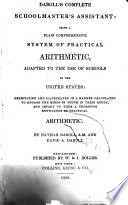 | Nathan Daboll - 1839 - 220 pages
...140.) Ans. 22 miles 3 furlongs 100 yards. CASE IV. TAe first term, last term and common difference given, to find the number of terms. RULE. Divide the...difference of the extremes by the common difference, and the quotient increased by 1, will be the number of terms. EXAMPLES. 1 . A man bought cloth in arithmetical... | |
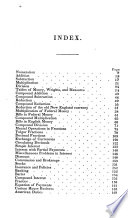 | Benjamin Greenleaf - Arithmetic - 1839 - 356 pages
...to the basket ? Ans. 288090 miles, 2 rods. PROBLEM HI. Given the extremes and the common difference, to find the number of terms. RULE. Divide the difference of the extremes by the common difference, and the quotient increased by one, will be the number of terms required. 9. If the extremes are 3 and... | |
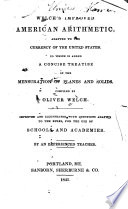 | Arithmetic - 1841 - 200 pages
...5m. distance 366m. •«* CASE IV. Given the first term, the last term, and the common difference, to find the number of terms. RULE. — (') Divide...difference of the extremes by the common difference, and the quotient increased by one is the number of terms required. Question. — 1. The first and last... | |
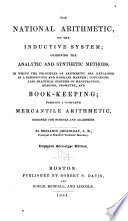 | Benjamin Greenleaf - Arithmetic - 1841 - 334 pages
...to the basket ? Ans. 288090 miles, 2 rods. PROBLEM IIL Given the extremes and the common difference, to find the number of terms. RULE. Divide the difference of the extremes by the common difference, and the quotient increased by one, will be the number of terms required. 9. If the eXtremes are 3 and... | |
 | Nathan Daboll - 1843 - 260 pages
...difference, and 912/. the u-hoU w. PROBLEM III. liivcR the first term, last term, and common difterenr.p to find the number of terms. RULE. Divide the difference of the extremes by the common ciifturerire, and the i|uotient increased by 1 is the nuinbei of terms. * EX AM PI. ES. I. f the extremes... | |
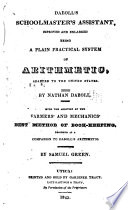 | Nathan Daboll - Arithmetic - 1843 - 248 pages
...difference, and9l2l. ilietchoU ieb*. PROBLEM III. Given the first term, last term, and common difference to find the number of terms. RULE. Divide the difference of the extremes by the common ditturutice, and the quotient increased by 1 is the numbei of terms. EXAMPI.KS. I. f the extremes be... | |
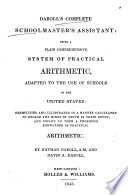 | Nathan Daboll - Arithmetic - 1843 - 254 pages
...and the number of terms 140.) CASE IV. The first term, last term and common difference given, to jind the number of terms. RULE. Divide the difference of the extremes by the common difference, and the quotient increased by 1, will be the number of terms. EXAMPLES. 1. A man bought cloth in arithmetical... | |
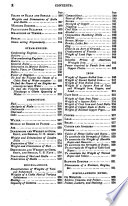 | Charles Haynes Haswell - Engineering - 1844 - 298 pages
...clock strike in 12 hours ? 12X (134-2) =78 4«t. When the Common Difference and the Extremes are gieen, to find the Number of Terms. RULE.— Divide the difference of the extremes by the common difference, and add one to the quotient. EXAMPLE. — A man travelled 3 miles the first day, 5 the second, 7 the... | |
 | William Vogdes - Arithmetic - 1847 - 324 pages
...place from Washington ? § 166. CASE 3. Given the first term, the last term, and the common difference, to find the number of terms. RULE. Divide the difference of the extremes by the common difference, and the quotient increased by 1 is the number of terms required. EXAMPLES. 1. The extremes are 2 and... | |
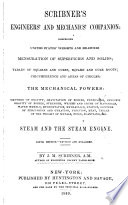 | J. M. Scribner - Mechanical engineering - 1849 - 286 pages
...required the common difference. 29-3=26 ; and 26-M3=2. Ans. Gicen the Common Difference and the Extremes, to find the Number of Terms. Rule. — Divide the...difference of the extremes by the common difference, and to the quotient add one. Example. — The first term of an arithmetical progression is 11, the... | |
| |